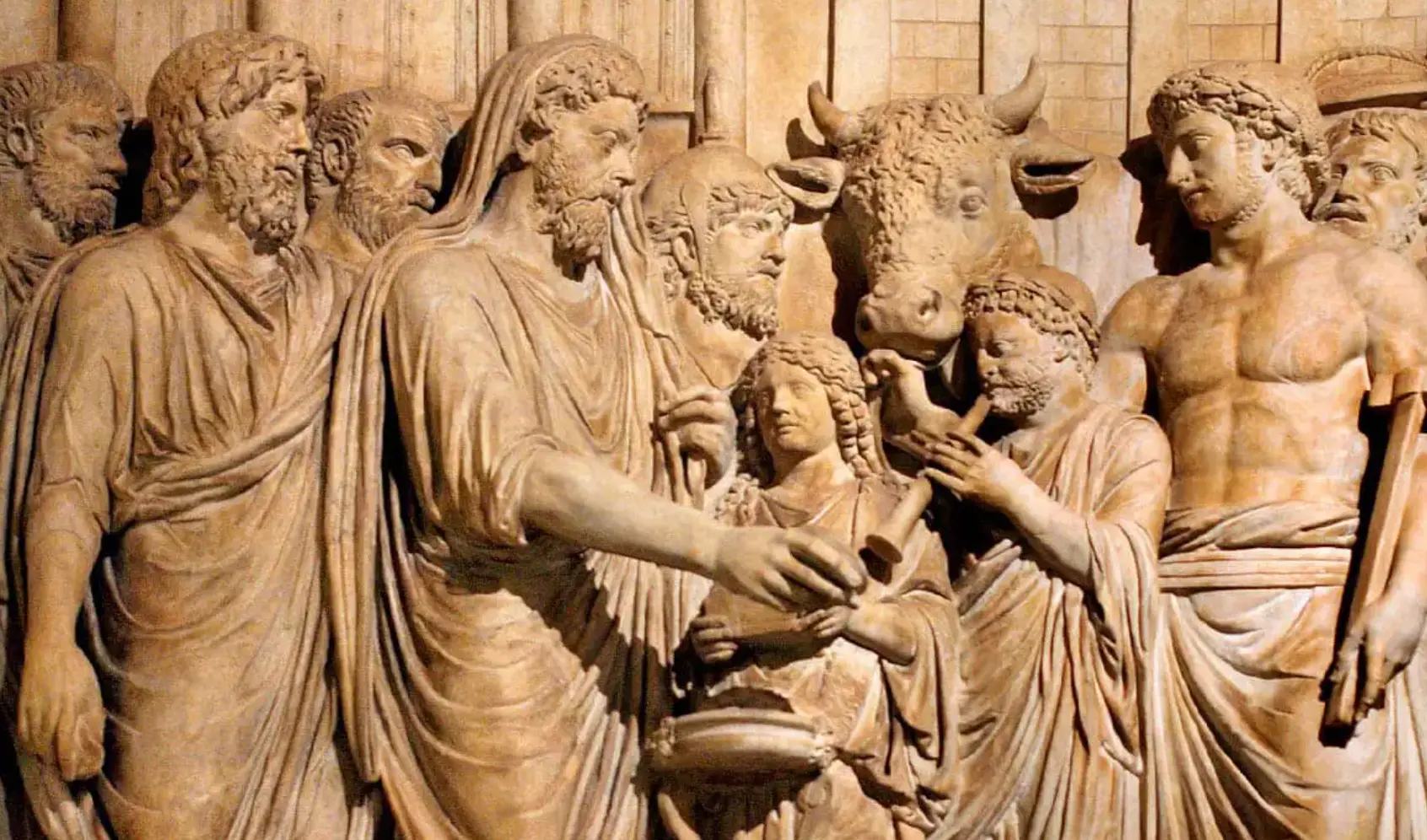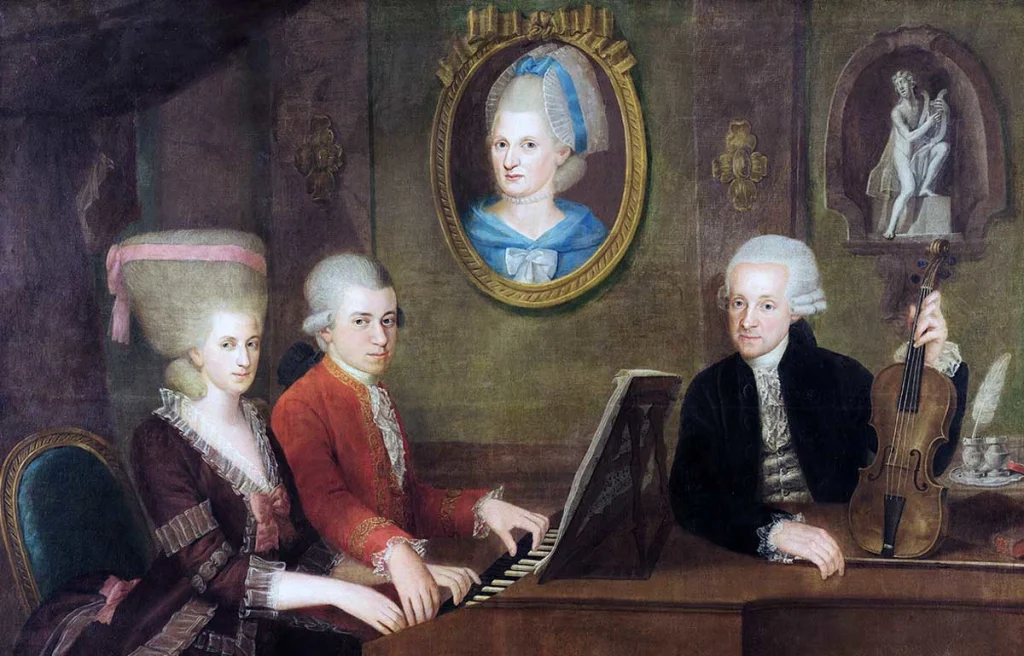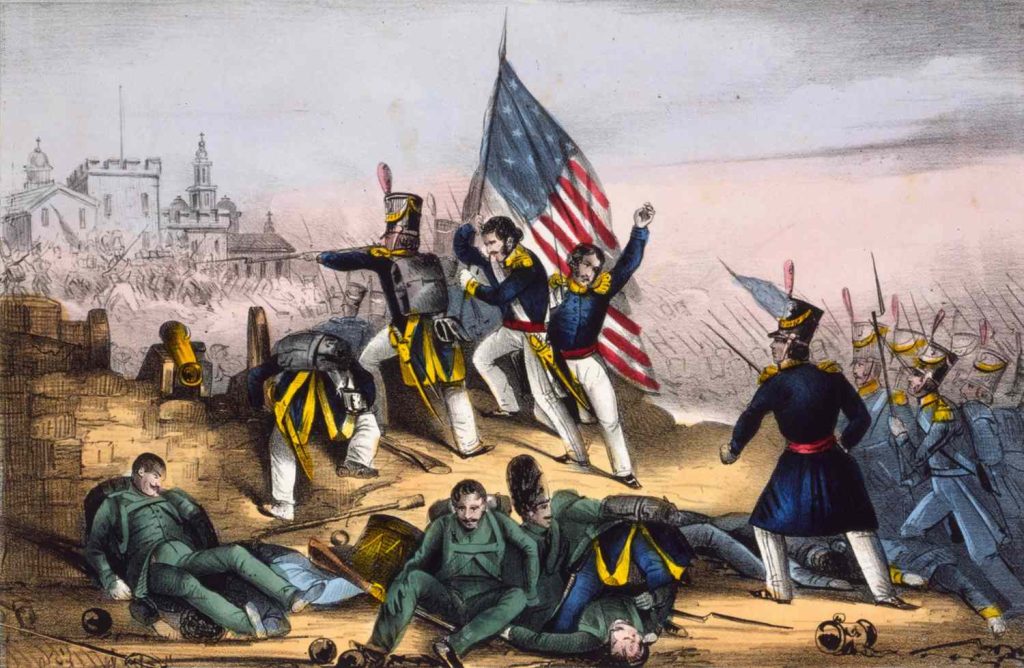It began with a murder.
On the Ides of March, 44 BCE, Julius Caesar fell beneath the blades of his assassins. Yet, in death, he achieved what he had never dared in life: divinity. Two years later, in 42 BCE, the Roman Senate declared him Divus Julius—the Divine Julius—marking the first time a Roman had been officially deified. This act was more than a posthumous honor; it was a political masterstroke by his heir, Octavian, who would become Augustus. By proclaiming himself Divi Filius, the “Son of the Divine,” Octavian cemented his legitimacy and set a precedent that would echo through the centuries.
Thus was born the Imperial Cult—a fusion of politics and religion that transformed emperors into gods.
In the Roman world, the line between mortal and divine was permeable. Heroes like Romulus and Hercules had ascended to the heavens, and the concept of apotheosis—the elevation of a mortal to godhood—was woven into the fabric of Roman belief. The deification of emperors was a natural extension of this tradition, providing a divine endorsement of their rule and reinforcing the unity of the empire.
The process of deification was formalized and theatrical. Upon an emperor’s death, the Senate would convene to deliberate on his divine status. If approved, a ceremony called consecratio ensued, featuring elaborate rituals and the release of an eagle—a symbol of the emperor’s soul ascending to the heavens. Temples were erected, priests appointed, and festivals established to honor the new deity. Coins bore the title Divus, and the emperor’s image joined the pantheon of Roman gods.
Augustus, ever the master of symbolism, embraced this practice cautiously. While he allowed the worship of his genius—his guiding spirit—during his lifetime, he refrained from claiming divinity outright. Upon his death in 14 CE, he was deified, and his successor, Tiberius, upheld the tradition. Over time, deification became an expected honor for emperors, though not all received it. Caligula, for instance, declared himself a living god, but his erratic behavior and assassination in 41 CE precluded his deification. In contrast, Claudius was deified after his death, despite Seneca’s satirical work Apocolocyntosis, which mocked the process.
The Imperial Cult served multiple purposes. It reinforced the emperor’s authority, fostered loyalty among subjects, and unified the diverse cultures within the empire. In the provinces, especially in the East, where ruler worship was customary, the cult was enthusiastically embraced. Cities vied for the honor of building temples and hosting games in the emperor’s name, intertwining local pride with imperial allegiance.
However, the practice was not without its critics. Some Romans viewed the deification of emperors as a political tool rather than a genuine religious expression. The satirical tone of Seneca’s Apocolocyntosis reflects this skepticism, highlighting the tension between tradition and innovation in Roman religion.
As Christianity spread, the Imperial Cult faced increasing resistance. Christians refused to participate in emperor worship, viewing it as idolatry. This defiance led to periods of persecution, as the refusal to honor the emperor was seen as a challenge to the state’s authority. The conflict between the Imperial Cult and Christianity underscored the shifting religious landscape of the empire.
The turning point came with Constantine the Great. After his conversion to Christianity and the Edict of Milan in 313 CE, which granted religious tolerance, the Imperial Cult began to wane. While Constantine did not abolish the practice outright, he distanced himself from traditional pagan rituals. Upon his death in 337 CE, he was buried in the Church of the Holy Apostles, signaling a new era where emperors aligned themselves with the Christian God rather than seeking deification.
The last emperor to be deified was Theodosius I, who died in 395 CE. By then, Christianity had become the dominant religion, and the practice of deifying emperors faded into history. Yet, the legacy of the Imperial Cult endured. The concept of a divine ruler influenced the development of the Christian doctrine of the divine right of kings, and the rituals of the Imperial Cult found echoes in the veneration of saints.
Today, the ruins of temples and inscriptions bearing the title Divus stand as silent witnesses to a time when men became gods, and the boundaries between the mortal and the divine were not just crossed but institutionalized. The Imperial Cult was more than a religious practice; it was a testament to the power of symbolism, the interplay of politics and faith, and the enduring human desire to transcend mortality.
In the end, the deification of emperors was as much about the living as it was about the dead—a reflection of Rome’s values, ambitions, and the ever-evolving relationship between power and divinity.










































